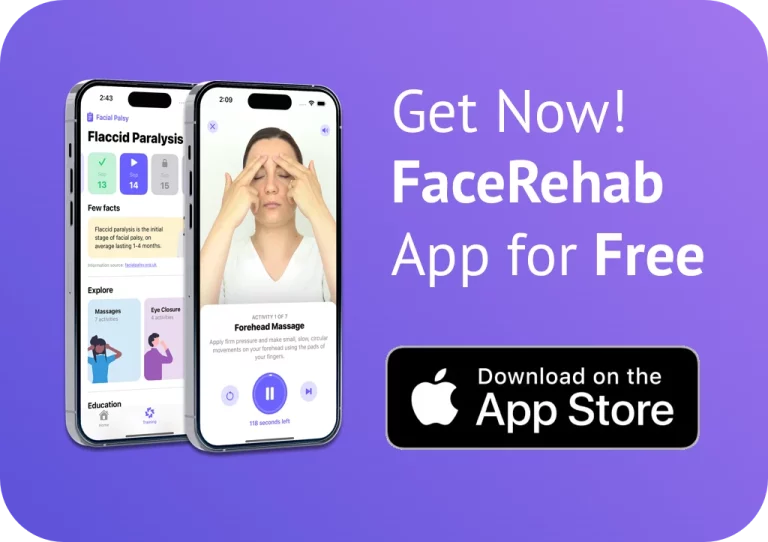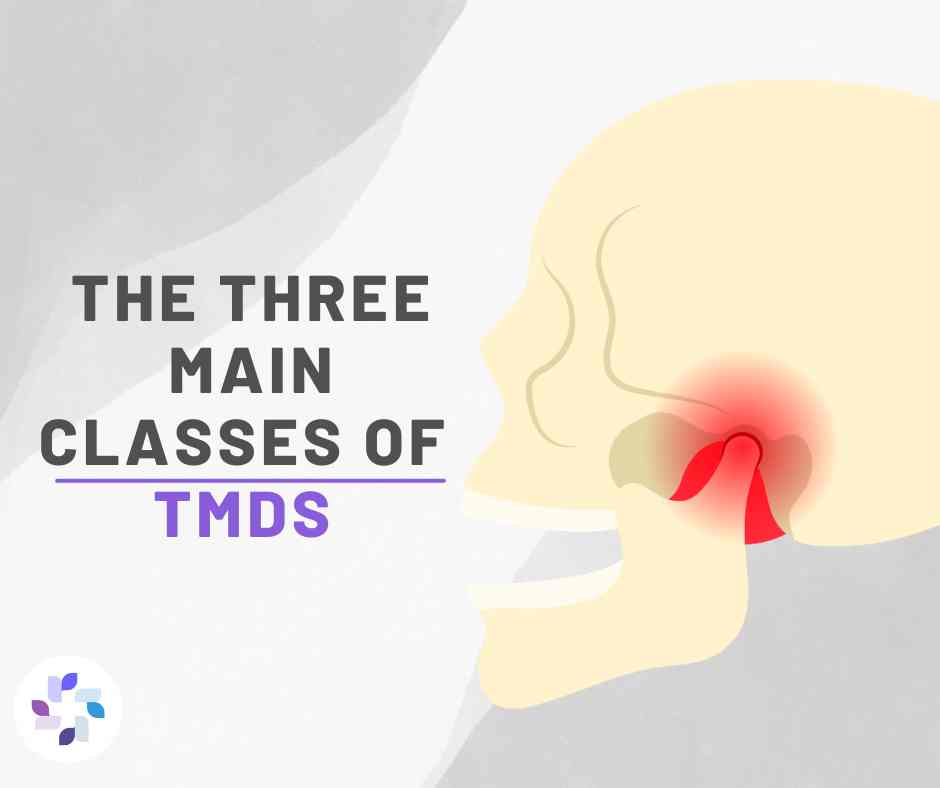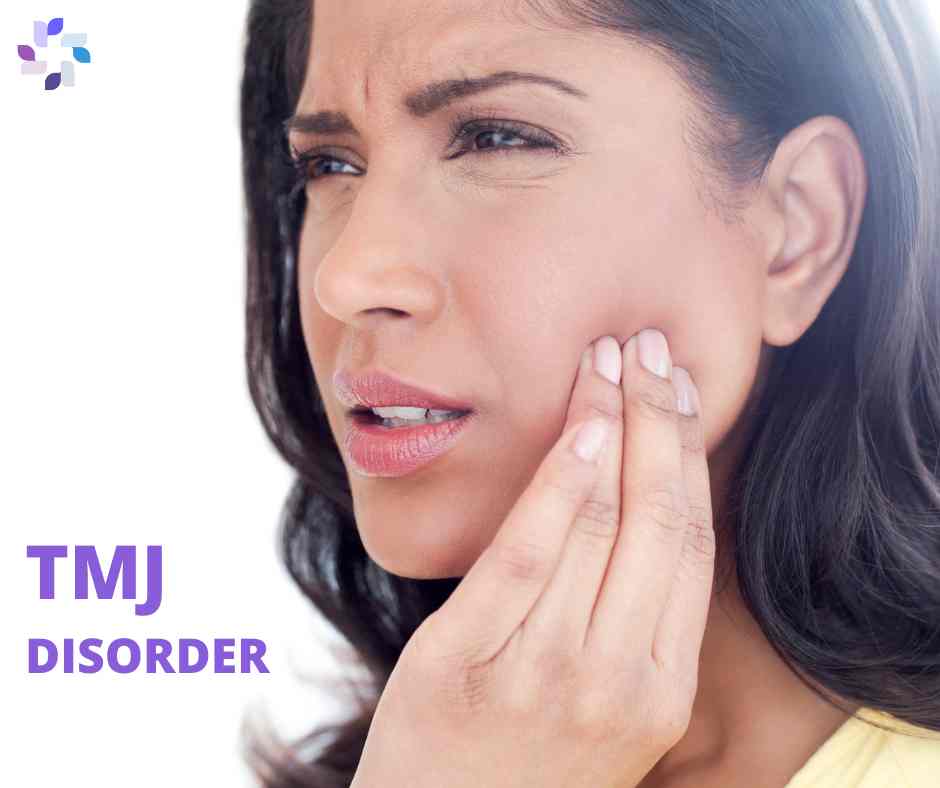If you have facial paralysis and are having difficulty eating, there are several strategies you can try to make the process easier and more comfortable. Here are a few suggestions:
Use utensils with larger handles
This can make gripping and controlling the utensils easier. It can be helpful if you have difficulty moving your fingers or hand. You can also try using utensils with built-up handles, providing extra support and making them easier to hold.
Modify your diet
If you have trouble chewing or swallowing, you may need to stick to softer, easier-to-eat foods. This might include pureed soups, smoothies, mashed potatoes, or scrambled eggs. You can also try cutting your food into smaller pieces, making it easier to chew and swallow.
Try using a straw
If you are having difficulty moving your mouth or lips, using a straw can be an excellent way to drink liquids without having to use your mouth. You can also try using a straw to suck up pureed or mashed foods, making it easier to eat without having to chew.
Use assistive devices
Many assistive devices on the market can help people with facial paralysis eat more efficiently. For example, you can use a suction cup or tong-like utensil to pick up food or a special fork or spoon with a built-in scoop or scoop-like extension to make it easier to scoop up food.
Seek support and advice
If you are having trouble eating with facial paralysis, it can be helpful to seek the advice of a healthcare provider or speech-language pathologist. They can provide personalized advice and recommendations and help you find the right tools and strategies to make eating more accessible and comfortable.
Conclusion
Eating with facial paralysis can be challenging, but many strategies and tools can help. By trying different approaches and finding what works best for you, you can improve your ability to eat and maintain a healthy diet.
To support your treatment, we also recommend practicing facial exercises. Try out our FaceRehab app for free or consult online with specialized doctors.








